Byomkesh Bakshi Season 5: Ace Cinematographer Soumik Haldar Debuts as a Director
Subscribe to read full article
This section is for paid subscribers only. Our subscription is only $37/- for one full year.
You get unlimited access to all paid section and features on the website with this subscription.
Not ready for a full subscription?
You can access this article for $2, and have it saved to your account for one year.
The Bengali’s engagement with Byomkesh Bakshi continues unabated, and Season 5 of the web series is another winner from SVF’s stable
A number of films in the last decade and four seasons of a popular web series – and the Bengali viewer’s love affair with Sharadindu Bandopadhyay’s popular detective shows no sign of waning. It is not difficult to figure why. In a key scene in Season 5 of the series, Byomkesh tries to explain the complications of the case to a befuddled Ajit and a police officer. Enacted with wonderful flair by Anirban Bhattacharya, the scene leaves not only the detective breathless but also the viewer trying to figure out the who’s who of the case. In the convoluted relationships that the detective sketches on the blackboard lie the charm of this season of Byomkesh Bakshi, and indeed of the web adaptations that have gone before.

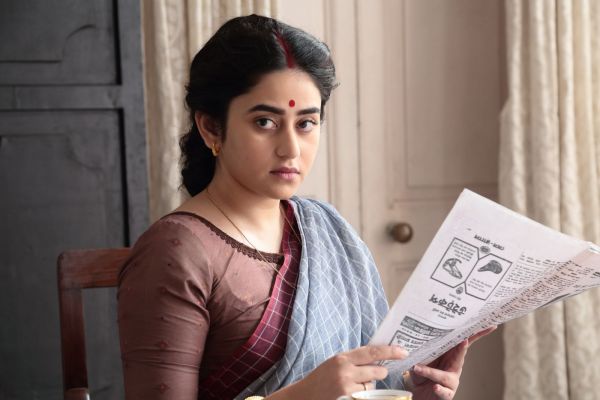
Given the many versions of the character we have already seen, how challenging was it to overcome viewer fatigue? ‘Since I had already shot two Byomkesh films as a cinematographer, I have experienced the essence of the emotion of the stories. My intention was to stay true to the story and emotion of the characters portrayed. Since Anirban is a brilliant actor, he made it easy to execute what I had in mind.’
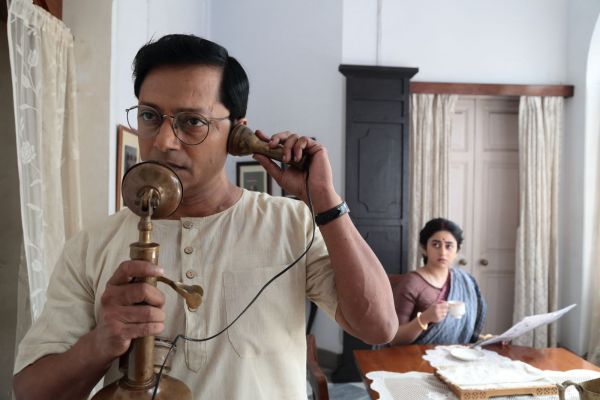
Tags
About the Author
Shantanu Ray Chaudhuri is either an 'accidental' editor who strayed into publishing from a career in finance and accounts or an 'accidental' finance person who found his calling in publishing. He studied commerce and after about a decade in finance and accounts, he left it for good. He did a course in film, television and journalism from the Xavier's Institute of Mass Communication, Mumbai, after which he launched a film magazine of his own called Lights Camera Action. As executive editor at HarperCollins Publishers India, he helped launch what came to be regarded as the go-to cinema, music and culture list in Indian publishing. Books commissioned and edited by him have won the National Award for Best Book on Cinema and the MAMI (Mumbai Academy of Moving Images) Award for Best Writing on Cinema. He also commissioned and edited some of India's leading authors like Gulzar, Manu Joseph, Kiran Nagarkar, Arun Shourie and worked out co-pub arrangements with the Society for the Preservation of Satyajit Ray Archives, apart from publishing a number of first-time authors in cinema whose books went on to become best-sellers. In 2017, he was named Editor of the Year by the apex publishing body, Publishing Next. He has been a regular contributor to Anupama Chopra's online magazine Film Companion. He is also a published author, with two books to his credit: Whims – A Book of Poems (published by Writers Workshop) and Icons from Bollywood (published by Penguin Books).



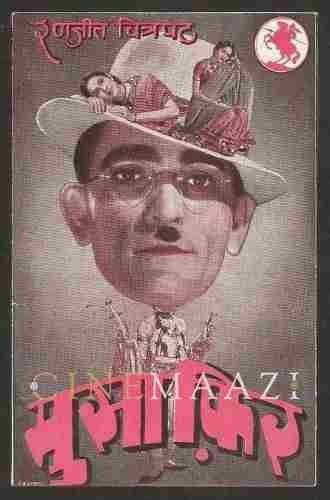
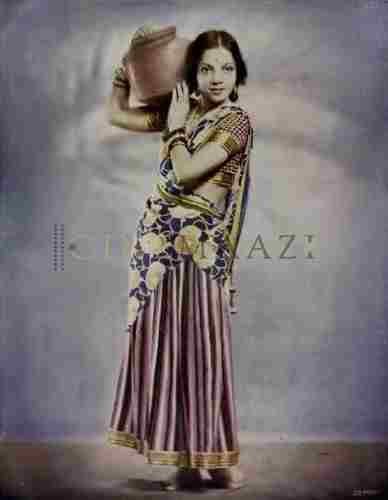
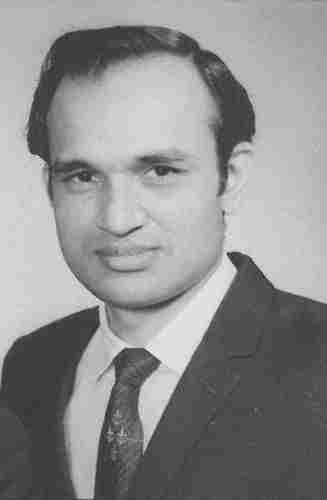

.jpg)


